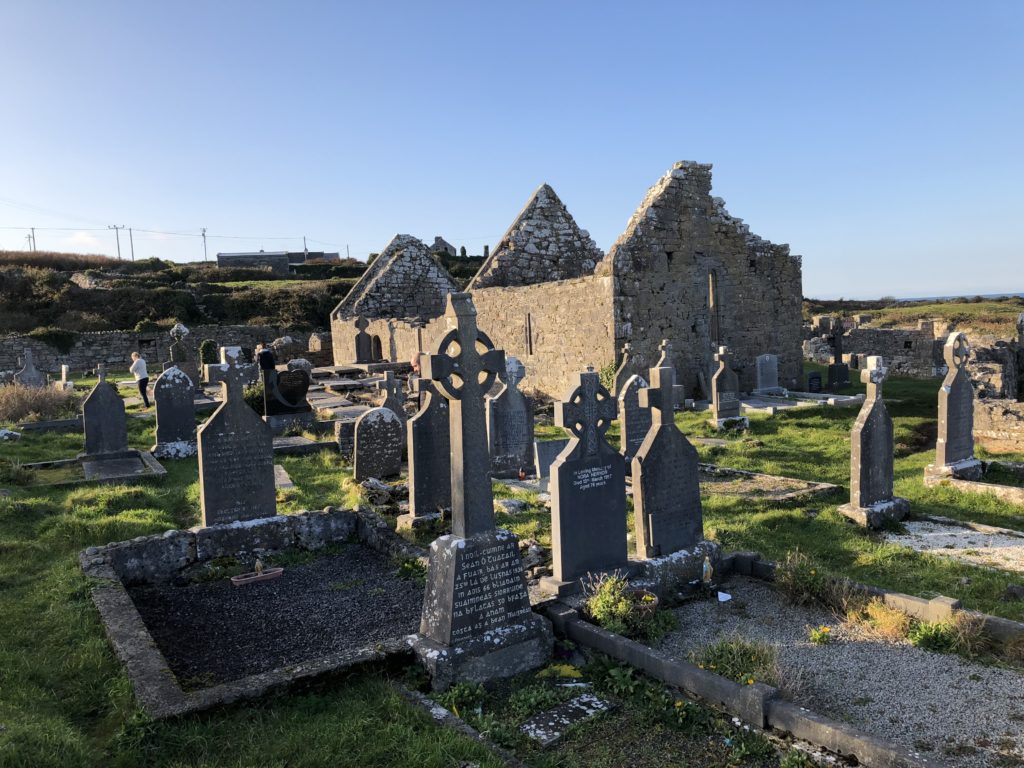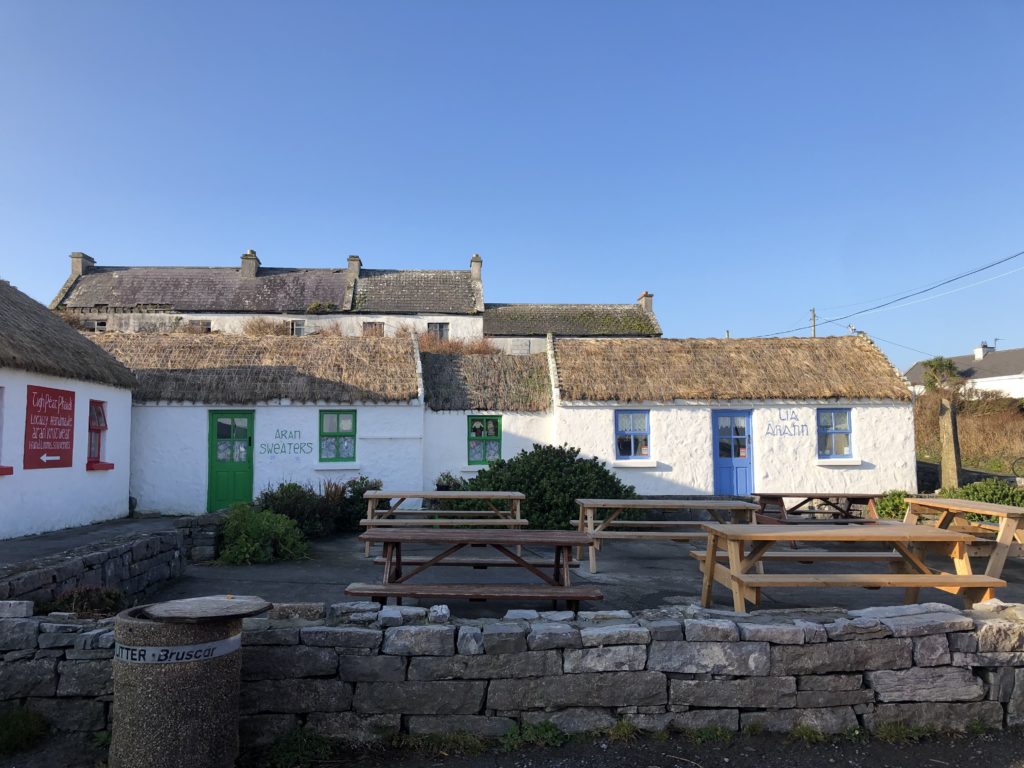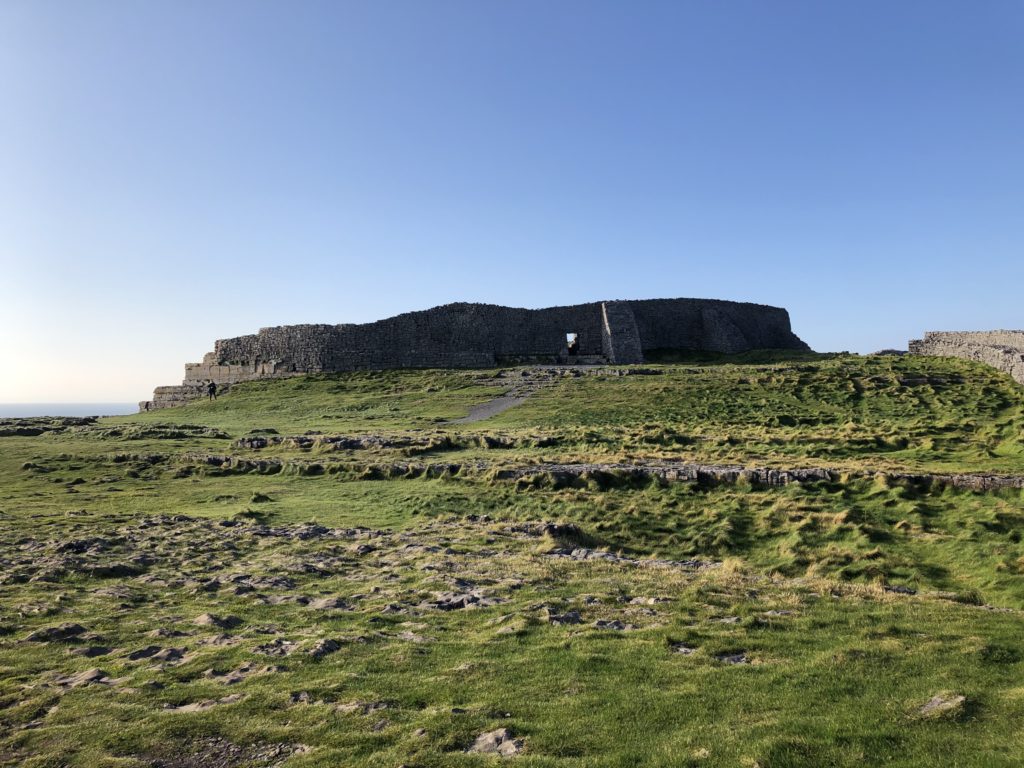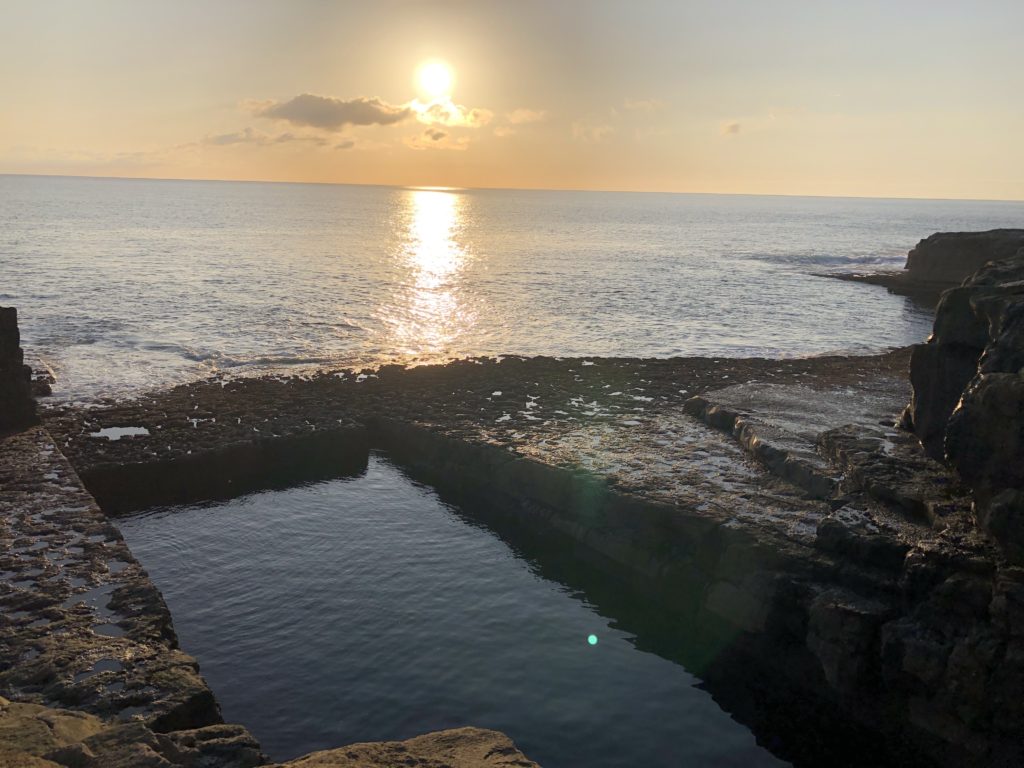Winter vacation lasts a long time at Trinity. Returning to Dublin today, I spent the last month away from campus after finishing up final term papers in mid-December. While I’ve used that time to recharge following a busy term of rigorous studies and prepare for another one ahead, I’ve also found myself spending a great deal of time reminiscing on recent experiences as well. The four months I spent in Dublin fall term have been the longest single stretch of time that I have gone without visiting home or seeing my family. Naturally, they and everyone else that I spent winter break reconnecting with were eager to hear all about my experiences in Ireland.
Peppered with questions about Ireland by each family member, friend, and acquaintance I saw this break, I enjoyed discussing my life at Trinity and sharing stories from my travels around the rest of island. Certain escapades and details I found myself recounting again and again, grinning while retelling comedic episodes and describing new friends.
Yet, always, I have felt that my reflections on my experiences of Ireland so far have fallen short somehow, failing to ever fully express the totality of what my time abroad has meant to me. Certain elements of my time in Ireland elude easy articulation. The sheer drama of its cliffs cannot be explained by quantifying just how precipitously they plunge into the sea, nor can I adequately paint the different shades of blue that color the shimmering sea around Ireland with words. To say that I visited ruined castles and monasteries cannot convey the atmosphere of mystery or the cloak of history that covers such wondrous locations – while they blur together in description, each one I’ve encountered is unique in the peculiar feeling it elicits. How can I even begin to explain how an Irish Guinness tastes different from those poured abroad?

The shortcomings of words to capture the magic of my experience in Ireland reminds me, like so many things do, of a moment from my time there. Since my last blog post, my quest to visit every county on the island has taken me west to lively Galway, where I went with a friend to see Galway Town’s lovely Christmas market. I found the town enchanting – filled with music, it will surely be a great new home for the many future Mitchell Scholars who will be based there next year. But the real highlight of my trip to County Galway was an hour ferry ride away from town on the remote island of Inishmore.

One of the Aran Islands, Inishmore is a firmly Gaeltacht region, one of those places where Ireland’s indigenous, but endangered Gaelic language still remains dominant over the more widely spoken English tongue. It’s a small community – it’s population numbers just 800. Aside from the steady stream of tourists who come and go each day, the island is largely closed off from the rest of the world – legal protections make it all but impossible for a non-native to purchase property there. Living life much like their ancestors did and speaking their traditional tongue in each other’s company as their first language, the people of the island community are incredibly close-knit and share an inward-facing existence unique to their location and heritage. Their little island is a rich, all-encompassing world, a whole planet unto itself for its locals who know a million small secrets that the many visiting outsiders, whose fathers and grandfathers didn’t also call the island home, could not understand.

On a guided tour of the island with a Gaelic-speaking local, I marveled at the many gorgeous sights that our guide revealed to us, awed by the wonders both man and nature had achieved on Inishmore, from the ancient stone fortress of Dun Aengus to the natural sinkhole called the Wormhole. Yet, as our group sat down for lunch at a local pub inside a cottage that looked like it might have stood there for hundreds of years, I watched as our guide shared local small-talk, lively debate, and hushed conversations of the important kind all in fast and spirited Gaelic. As the dozen or so locals in the pub conversed energetically in a language totally beyond the grasp of the tourists, it was as though we outsiders were not even there. Yet it wasn’t simply the sounds of words that I felt eluded us tourists as we eavesdropped, but their significance as well.
Humbled, I asked our tour guide whether he could explain to us some of what people were talking saying. Graciously, he tried his best to explain in English but despite speaking the language fluently during the tour found himself at times lost for words. There are some Gaelic words, Gaelic ideas, that are hard to express outside of the community’s own language, he explained. While English may be sufficient to chronicle the history of Dun Aengus to tourists, it could not convey the meaning of the local small talk or the peculiar experiences unique to the island that it describes.

While struggling to adequately explain my own time in Ireland to people who haven’t been there I sometimes feel like that tour guide in the Aran Islands, grasping for words to explain places, experiences, and ideas that are beyond the skills of language I possess to give them shape. When we looked at out the sunset over the water on Inishmore, boat preparing to depart, my guide tapped me on the shoulder. “That’s it,” he said to me, “that’s what we were talking about before that I couldn’t describe. Do you understand?” Watching purple and orange colors swirl around in the sea and sky as small waves lapped slowly against the pebble shore I nodded that I did.
Only by experiencing Ireland could I understand those things about it that words cannot reveal. And when words escape us, places stay with us.
